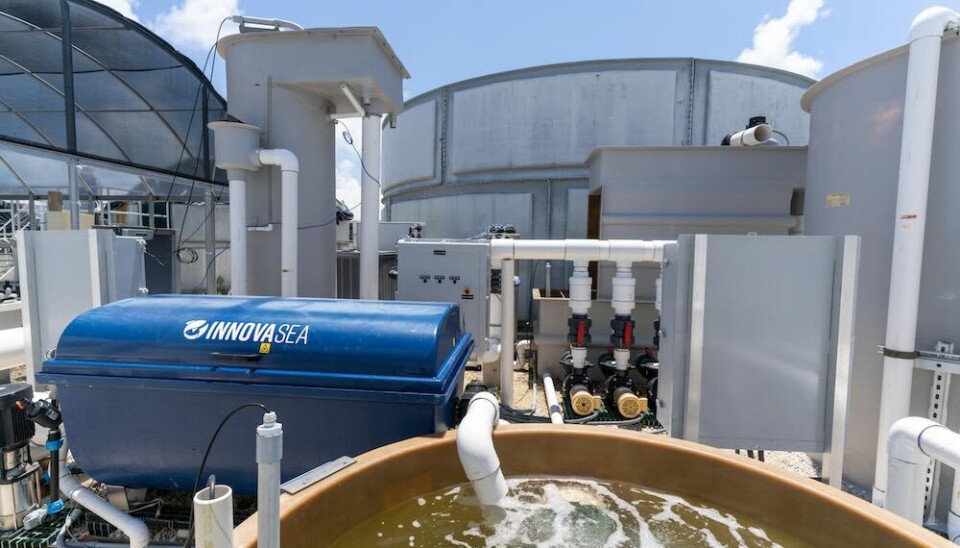
University of Miami upgrades its experimental hatchery with a RAS facility
United States: Researchers are studying larval culture techniques aimed at increasing survival in intensive culture systems, such as those found in the commercial sector.
In early 2022, the University of Miami’s Aquaculture Program at the Rosenstiel School of Marine, Atmospheric, and Earth Science engaged Innovasea to design and implement a state-of-the-art recirculating aquaculture system (RAS) to replace the University’s flow-through system in its Experimental Hatchery.
By installing the RAS facility, the Rosenstiel School aims to optimize its larval production capabilities and increase operating efficiency. The Rosenstiel School grows various species such as cobia, red snapper, mahi-mahi, grouper, hogfish, flounder, goggle eye, and pompano. The researchers study cutting-edge larval rearing techniques aimed at increasing survival in high density, intensive systems like those found in the commercial sector.
According to what was reported by Innovasea, through its website, One of the key benefits of the RAS facility is that it enables year-round production by controlling environmental parameters such as water temperature. In the former flow-through system, water temperatures fluctuated widely. Colder water available during the winter months prevented the facility from producing certain species, limiting hatchery operations to perform seasonally. The RAS can operate year-round, thereby increasing production and allowing the option to grow additional species of fish.
Another benefit is that the RAS system improves efficiency by reducing water and energy usage of the influent system. The positive impact is two-fold; other areas of the hatchery can utilize the additional water, and lesser water flow reduces the risk of disease transmission in fish stocks.
Innovasea designed and supplied the RAS technology and software automations, then partnered with Full Spectrum Aquaculture Services to install the system. One of the key elements of the system is Innovasea’s gas management equipment, which provides an energy efficient way to optimize dissolved oxygen levels and keep fish safe from harmful gases.
Also, it's drum filter features an innovative drum design for more efficient solids filtration. Other aspects of the system include UV disinfection that naturally eliminates pathogens, and optical sensors that monitor oxygen, temperature and salinity. The entire system is driven by Innovasea’s automation software that monitors and controls water quality in real-time, which reduces risk and improves operational efficiency.
“We are excited about using this technology to make aquaculture more sustainable, responsible and economically viable,” said Daniel Benetti, PhD, Professor and Director of Aquaculture at the Rosenstiel School.
“As part of our mission to support commercial aquaculture all over the world, we share our research with the private and public sectors. We look forward to conducting year-round fingerling production for cobia and other commercially important species using this technologically advanced RAS. Also importantly, this system will be used for training current and new students to reinforce a qualified labor force that will work and lead the field in the near future,” he added.


















